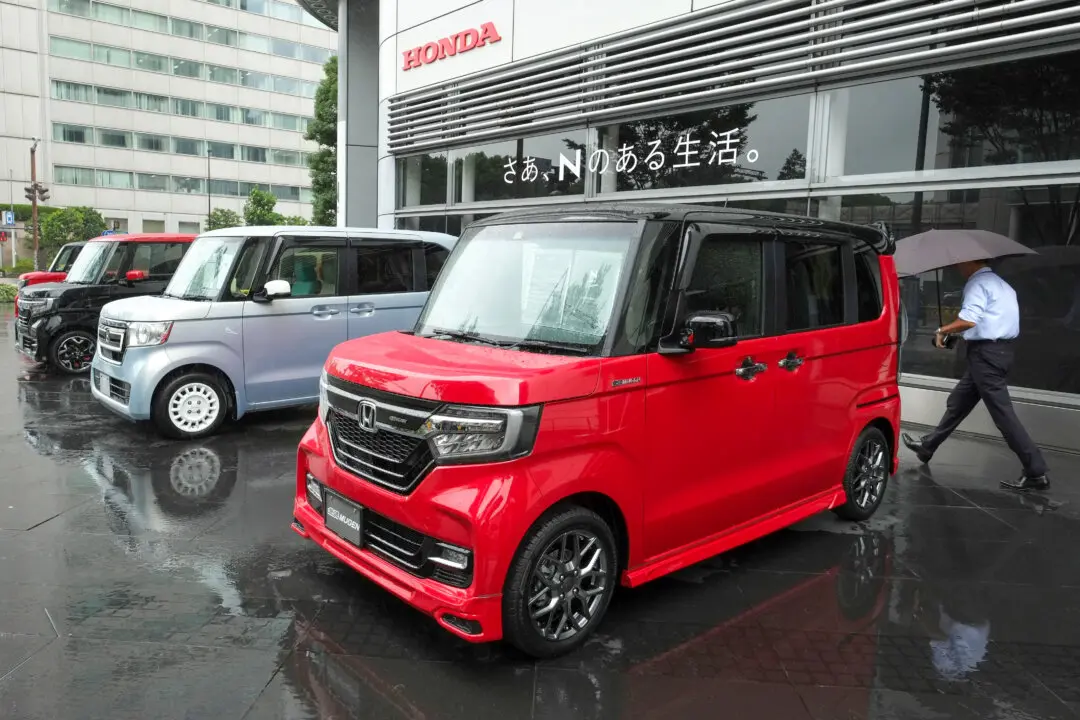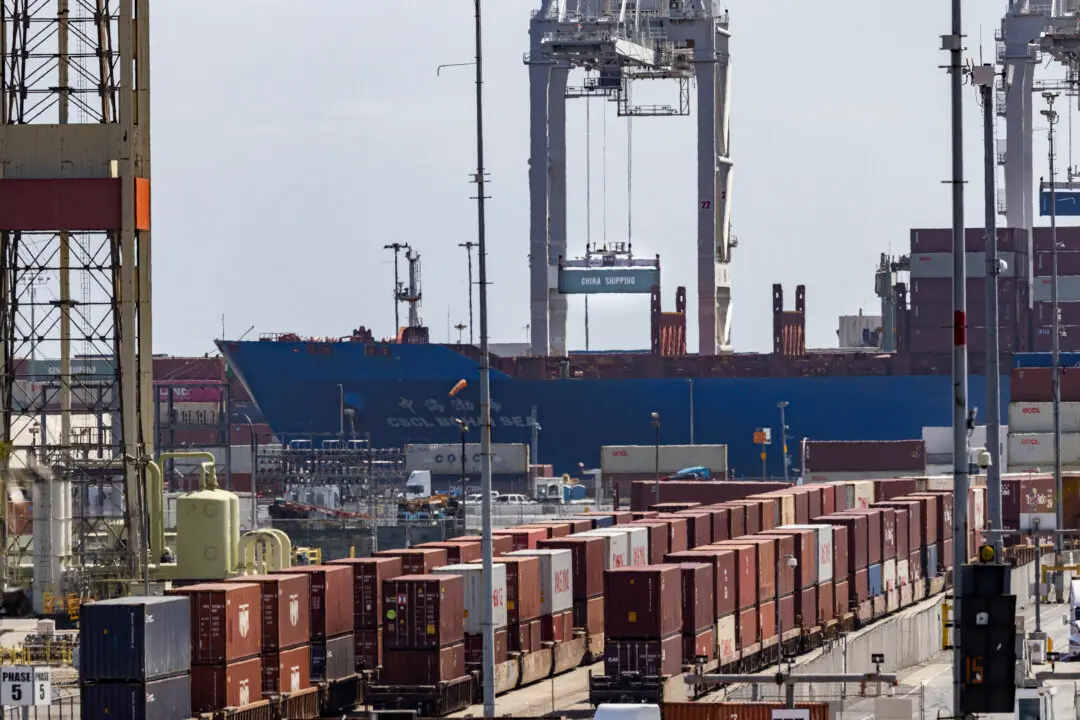If a firm creates paintbrushes in the Philippines from bristle heads and metals imported from China and brush handles produced in the Philippines, is it “made in the Philippines” or “made in China”?
The issue of transshipment has been at the core of the Trump administration’s trade agenda, as it involves a widespread tactic some countries use to circumvent higher tariff rates. Exporters may redirect shipments through third-party countries and have them repackaged or relabeled to obscure the actual origin of goods—experts call it “origin washing”—effectively avoiding specific tariff regimes.





